New research has investigated the role of army medics, trained as both enrolled nurses and as soldiers, who live out a duality of roles while serving in conflict zones, such as the ‘War on Terror’ in Afghanistan.
For her PhD thesis, submitted this year, registered nurse Kristina Griffin, Associate Head of School – Nursing, School of Nursing, Paramedicine and Healthcare Sciences at Charles Sturt University, explored the unique dilemmas faced by the military medic, including their self-sacrifice in putting the care of wounded soldiers above risks to their long-term health.
As a former nursing contractor with the Department of Defence, Ms Griffin worked alongside medics in a health centre environment. She says hearing about their challenging roles sparked an interest in exploring the space.
“They spoke to me about the incongruity of their roles when serving in Australia as opposed to overseas,” she recalls.
“They highlighted the limitations that were placed upon them at times, and the emotional and physical stresses they experienced when serving overseas as part of an army medical contingent. These intriguing conversations led me to my research topic.”
In order to explain the role of the Army medic, and consider how the demands of their service impacts their lives, the research examined records of First World War stretcher bearers – the forerunners of the Army medic. How these men saw themselves and their duties was then compared with first-hand accounts of experiences in Afghanistan from currently serving medics.
“The forebears of the Army medic are the stretcher bearers of WWI, responsible for providing basic first aid and evacuation of the wounded,” Ms Griffin explains.
“The modern day medic is a soldier, with qualifications in both nursing and paramedicine. The current Australian Army medics are highly trained healthcare providers who work in a multidisciplinary team to support and maintain the health and wellbeing of personnel in both operational and non-operational environments.
“This role evolution was mapped to Australia’s involvement in wars, peacekeeping missions and humanitarian aid to demonstrate how this vocation has adapted as army requirements, battle strategies and casualty care have evolved. Whilst the role now has greater depth and training compared to WWI, the same focus on saving the lives of their team remains paramount in the mind of the medic.”
Ms Griffin says army medics are considered the frontline medical defence during war, with their self-sacrifice and dedication to caring for wounded soldiers, often under fire, making them unique.
“To carry out this role they must develop personal and professional resilience to manage combat stressors and traumatic events that are encountered in this specialised and varied role,” she says.
Sometimes, however, the conflicting roles of the army medic leads to mental health issues such as anxiety, depression and post-traumatic stress disorder (PTSD).
There are profoundly distressing ethical dilemmas in contemporary warfare that can lead to debilitating psychological injuries, even in people who are not at risk of suicide, Ms Griffin highlights.
“Specific studies relating to the recent conflict and peacekeeping arenas of Iraq and Afghanistan, where the medics’ role required them to provide frontline medical care during battle as well as to fight alongside other soldiers when under attack, highlight the need for training to assist them to cope with the consequences of taking action to kill, not just witnessing death.”
Research interviews found Army medics wanted to share their stories and unmask the unique issues they encounter.
“There are obvious gaps and conflicts between the two structures of military service and training and nursing duties,” Ms Griffin suggests.
“Therefore the army medics experience dilemmas and moments of doubt, and must rely upon their individual justifications for the actions they undertake. Medics are unique in that they serve alongside combat troops, and are soldiers who also have a role in preserving life. This expectation to take life requires a warrior’s beliefs, whilst saving lives needs a healer’s mindset.”
“A factor in recent conflicts is the difficulty identifying who the “enemy” was, creating thoughts of self-doubt and conflict,” Ms Griffin adds.
“A sense of futility and frustration was expressed in the interviews when the medics described the ongoing nature of the conflicts they were involved in. The recent Afghan crisis would be exacerbating these feelings.”
Ms Griffin says the end of Australia’s involvement in Afghanistan, and the start of legal proceedings into alleged war crimes, marked a turning point for Australian Defence Force Members, and the nation. Equally, the establishment of a Royal Commission into Defence and Veteran Suicide is another important development.
There are many examples of the distinctive nature and specialised service of army medics, Ms Griffin says.
One soldier who gave evidence regarding incidents in Afghanistan, army medic Daryl ‘Dusty’ Miller, was deployed with the Special Air Service Regiment (SAS) in 2012. He revealed the treatment of an Afghan civilian who later died, and discussed allegations relating to an attempted cover up.
The toll led to him being diagnosed with PTSD and medically discharged from the army.
Researchers say the case highlights the pressure put on army medics and the unique ethics of their dual role as soldier and nurse.
Her research will provide detailed recommendations for improved services for army medics who return from overseas deployment to support their reintegration home, and also out of the defence force.
“Lack of immediate and ongoing support for deployed service personnel and difficulties with reintegration on return from deployment and out of defence creating trauma and isolation are issues raised,” Ms Griffin says.
“The need for development of preventative and self-care models, an increase in peer support programs, removal of stigma associated with mental health issues in the military environment and, barriers to care access are all issues discussed by the research participants.”
Ms Griffin says while her research specifically examined the role of Australian Army medics, findings have wider implications for other military and medical personnel, their families and the nursing profession as a whole as it examines role conflict, both professional and personal, and how it is managed by individuals.
Public discourse about the Australian Defence Forces (ADF) and studies of the role of army medics must now be open to a spectrum of experiences so future problems are addressed before they reach crisis, she argues.
“The themes that are uncovered will impact on both military and civilian nurses and their educational requirements into the future,” Ms Griffin says.
“If this role dichotomy is found to impact on the personnel involved, then future strategies to minimise this impact ought to be considered. Tracing the historic evolution of the role of the military medic, the training involved, and how well this training meets the needs of both the medics and their patients will allow for future planning.
“Whilst the healer/warrior role is a unique one, this research has implications for many frontline workers, military and civilian, medical and non-medical. It is my desire, that through this and ongoing research to assist to improve the psychological support for members of the Australian Defence Force.”


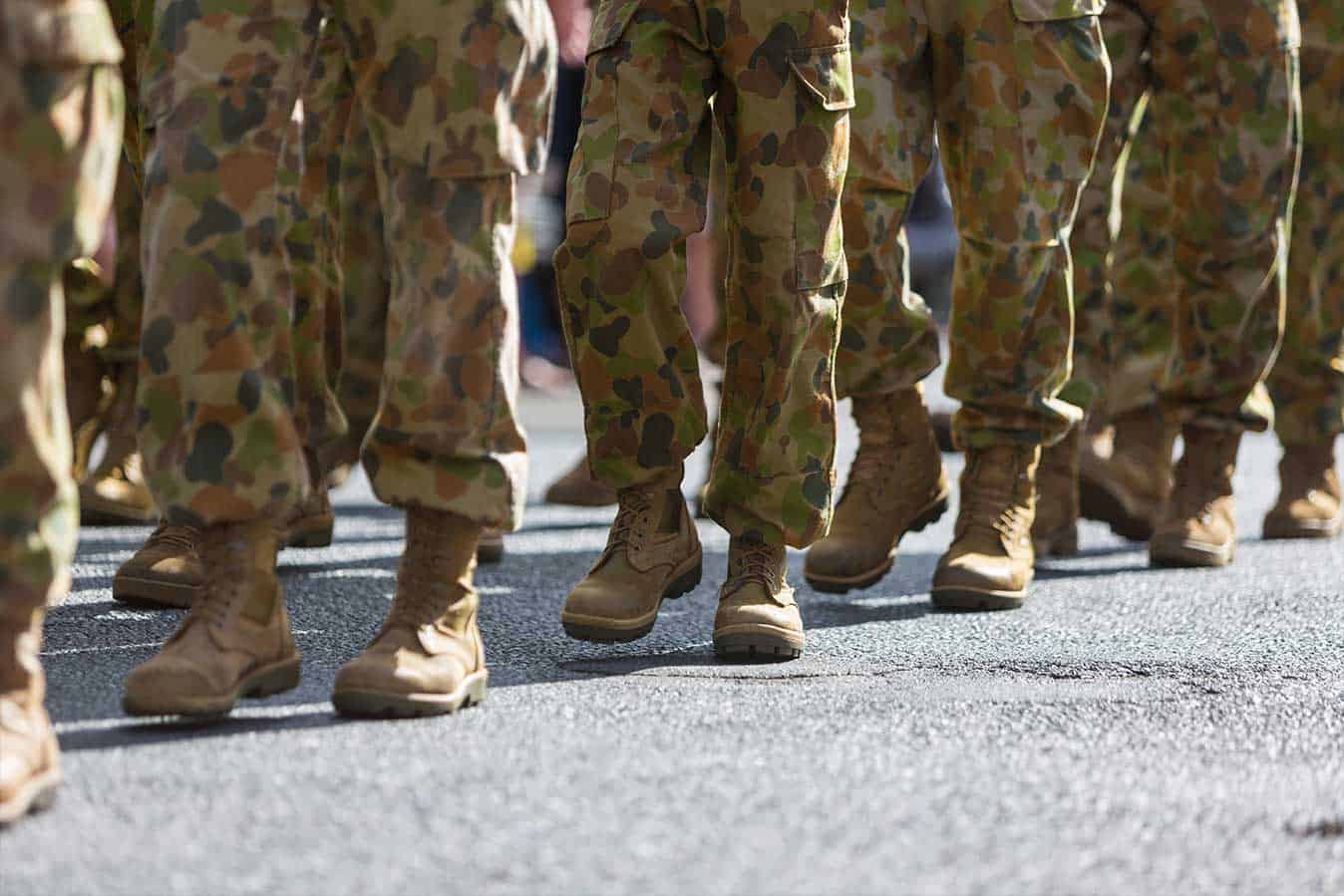

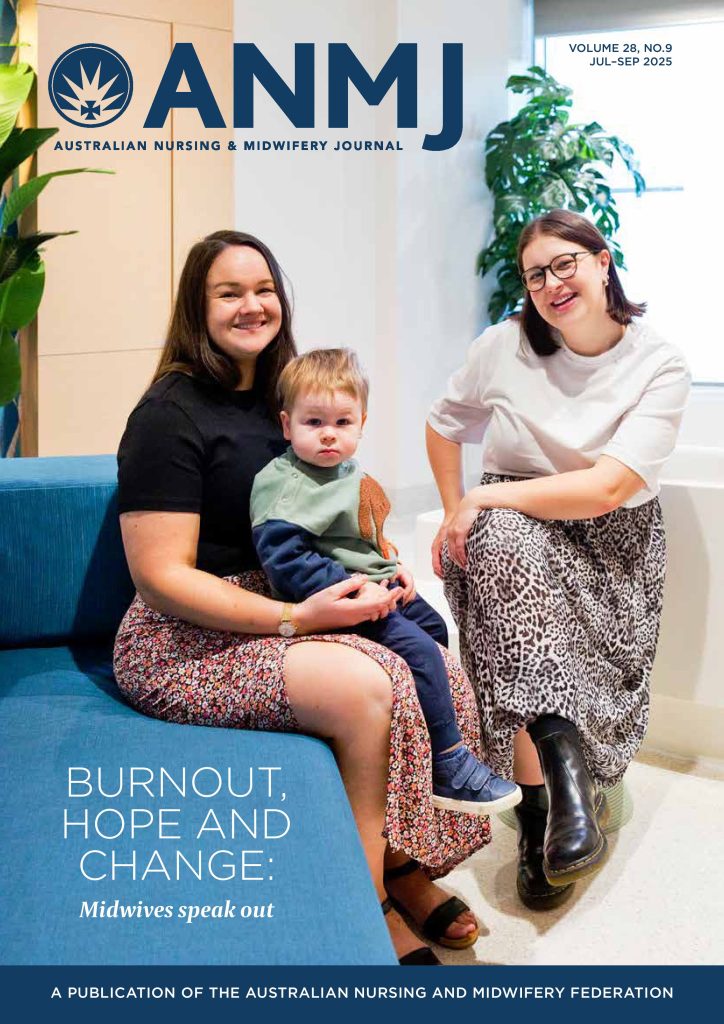
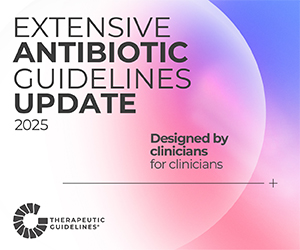

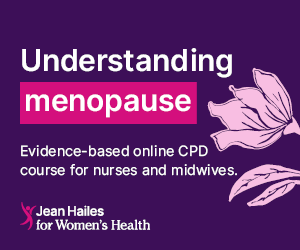
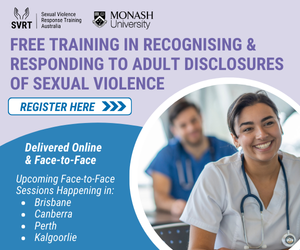
6 Responses
Excellent work Kristina Griffin. I look forward to reading your study and seeing the results and measures put in place based on your recommendation. As an ex army medic I’m thrilled to know someone is looking in depth at the complex beast that is an army medic!
I was a medic deployed across the 90s Rwanda Cambodia and Iraq.
I still can’t sleep very well and the images of war never go away
Looking forward to reading your completed work. Lots of lessons to continue adapting. Our future operating environment domestic and overseas is going to continue to be more and more complex. Similar to the experiences of military medical professionals in conflict and peacetime, clearly the environments are challenging personally and professionally. Evidence has also highlighted the need for support pre, during and positive traumatic and complex situations for healthcare workers. In my experience, medics in the Australian Army and broader joint force continue to do amazing things in service of our people. So many so committed, humbled and genuine is desire to support others. Important we look after them too.
Great work to add the Army Medical Technician also had to adapt their skills to pediatrics gynaecology a lot of the time was in a field enviroment with a touch of combat conditions
The conflicts between warrior and healer are almost insurmountable in the context of Medic on the battlefield. Peer pressure and attitude toward the enemy is only one of the many to contend with.
Kristina Griffen great start, looking into the life as a medic and as you say, this covers ADF. After training as an Air Force medic, I went onto to train as an Operating Theatre/ Anaesthetic Tech with Mayfield Institute and the RCH Parkville going to receive a Diploma as an Anaesthetic tech. My life wasn’t spent in theatre as I was teaching Air Force and NAVY Techs to work in theatre. During this time I completed the Aero Medical Evacuation Course before being seconded to NSW Ambulance in Advanced Life Support and then when we came back to our Units we had to have the SMO agree to authorized us to carry and use all this equipment and drugs, not always favorable.
Following all this Medics were required to enrol as an SEN in the state that they were posted to, but in the field or overseas were to revert to their Pre Hospital Care role and not SEN. In one of my cases I was medical support for a Body Retrieval Mission of WW11 airmen in Indonesia. One of our crew had an incident whereby he was severly dehydrated and rehydrated with IV fluids and AME back to Australia, so I had to support him for over 24 hrs. Thats my story and I daresay most medics nowadays are the same. Their basic training is predominantly Pre Hospital care but they are qualified only as SENs.
Looking at RN’s also in Defence, they are rarely trained in Pre Hospital Care but in most cases are required to be involved in this area and should not fit into this role when they join.
Coincidentally I completed 49 years as a RAAF Medic and worked in all facets of this job until I retired. This is only my view of how a Defence medic has involved over the years